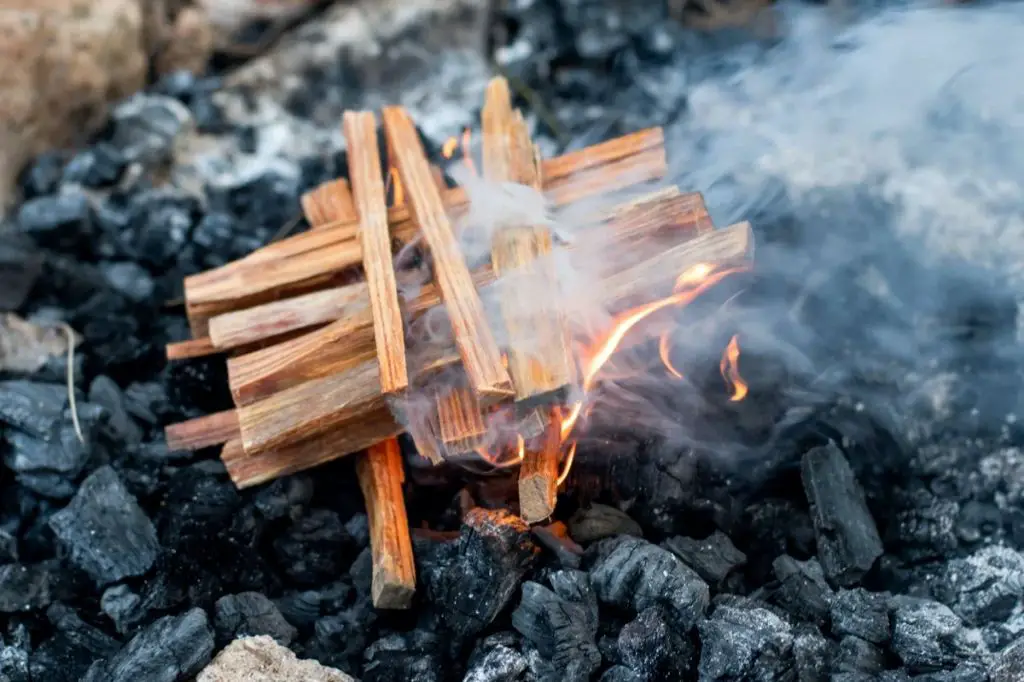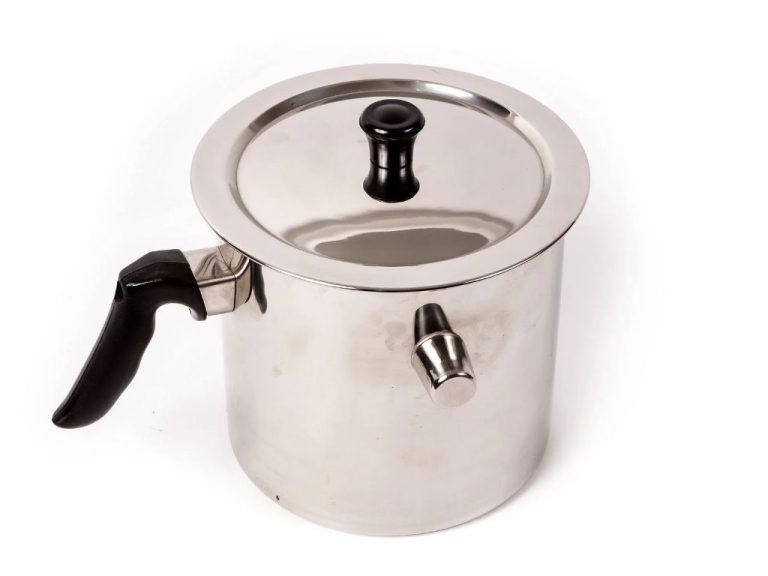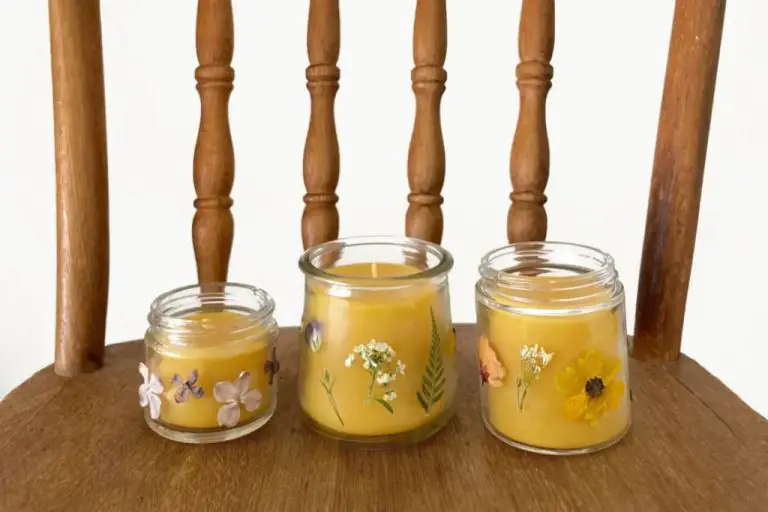How Do You Make Homemade Fire Starters For Fire Pit?
Fire starters are helpful aids for getting a fire going in a fire pit or other outdoor fire area. They enable you to easily ignite kindling and logs to start a robust campfire or backyard firepit blaze. Fire starters make lighting fires simpler, faster, and more reliable, especially if conditions are damp or windy.
Having a good supply of homemade fire starters is useful for any outdoor enthusiast who regularly builds campfires or uses a firepit. They ensure you can quickly get a fire lit without extended effort striking matches or holding a lighter to damp tinder. Fire starters allow you to enjoy your outdoor space and maximize time spent gathered around the fire, rather than struggling to start one.
Materials Needed
To make homemade fire starters, you will need a few key materials:
Wax – This serves as the binding agent to help the fire starters maintain their shape and burn longer. Paraffin wax, beeswax, or old candles work well. According to Rutgers University, waxy substances help fire starting materials burn longer [1].
Sawdust/Wood shavings – These serve as the base and primary burning material in the fire starters. Fine sawdust works better than large wood shavings. You can often get sawdust for free or cheaply from local carpenters or woodworkers. MU Extension recommends using very fine, dry sawdust [2].
Cardboard egg cartons – These make perfect molds for shaping individual fire starters. You can also use paper muffin tins or similar cardboard molds.
Old candles – Leftover candle wax and wicks can be repurposed for homemade fire starters.
Making Sawdust Fire Starters
Sawdust and wax are a classic combination for homemade fire starters. The key is to mix the sawdust and wax in the right ratio. According to Rustic Essentials [1], the ratio should be about 4 oz of melted wax per cup of sawdust. The Rebooted Mom [2] recommends using 5 times as much sawdust as wax by volume.
Start by melting the wax. Paraffin wax or old candles work well. Pour the melted wax into the sawdust slowly while stirring. Coat as much of the sawdust as possible. The mixture should be moist but not dripping wet. If it’s too dry, add more wax. If it’s too wet, add more sawdust. Stir thoroughly until well blended.
Once mixed, pack the sawdust mixture into paper cups, muffin tins, or other molds. Allow to fully harden before removing. Store in a cool, dry place until ready to use. These homemade sawdust fire starters will help jump start your next campfire or fire pit.
Making Cardboard Fire Starters
One easy option for homemade fire starters is to reuse cardboard. Look for plain cardboard like cereal boxes, paper towel rolls, or shipping boxes. Avoid using cardboard with glossy print or plastic coating, as these can release toxic fumes when burned.
Cut or tear the cardboard into strips about 1-2 inches wide. Try to use thin cardboard rather than thick cardboard, as it will ignite more easily. You can also use scissors to cut toilet paper or paper towel tubes into rings.
Next, loosely wad up balls of dryer lint, scrap paper, cotton balls, or other flammable material. Place a wad of tinder in each strip or ring of cardboard. Make sure the tinder fills the cardboard but is not too tightly packed.
If desired, you can add paraffin wax to help the fire starters burn longer. Melt old candle stubs or canning wax in a metal can or double boiler. Once melted, dip the cardboard fire starters or brush on some melted wax to lightly coat them. Allow the wax to fully dry before using the fire starters.
Store the cardboard fire starters in a sealed container or bag so they stay dry. To use, arrange the fire starters under your kindling and logs. Light the tinder to ignite the logs and build your campfire or firepit. Cardboard fire starters help ignite logs quickly and make starting fires easier.
Making Candle Fire Starters
Candle wax can be easily repurposed into homemade fire starters. Simply collect old candle wax, melt it down, and pour into molds filled with sawdust or cardboard shredded into small pieces. According to 865 Candle Company, their fire starters are made from leftover soy wax, wick trimmings, sweet gum balls, dried rosemary, and sawdust from the candle making process.
To make your own, start by gathering old candle remnants, trimmings, and stubs. Any type of wax will work – soy, paraffin, beeswax. Melt the wax in a double boiler or small metal pouring pot until fully liquefied. Avoid overheating. Prepare your molds – small cups, egg cartons, or silicone molds work great. Add sawdust, cardboard shreds, dried herbs, or pinecones to the mold. Then pour in the melted wax until molds are full. Allow to fully cool and harden before removing fire starters from the molds. Store in an airtight container until ready to use.
Tips for Best Results
The key to getting the best results from homemade fire starters is to follow a few simple tips:
First, make sure to use coarse sawdust rather than fine, powdery sawdust. The coarser texture allows more air pockets, which will help the fire starters ignite and burn easier. Sawdust from cutting softwoods like pine, cedar, and fir works best.

Also, avoid packing the sawdust too densely into whatever molds or containers you are using. Leave some room for air circulation. Lightly packed sawdust will catch and spread a flame better than if it’s compressed.
Finally, let the completed fire starters dry fully before attempting to use them. Any moisture left in the sawdust will inhibit ignition and cause the fire starters to smolder instead of burning. Spread them out to dry for at least 24 hours before storing or using.
Following these simple tips will help your homemade fire starters light quickly and burn hot when you need them. Taking the time to use coarse, loosely packed, and completely dry sawdust will pay off in better performance.
Storing Your Fire Starters
Proper storage is important to keep your homemade fire starters dry and ready for use. The main things to keep in mind are:
Store in an airtight container like a mason jar or plastic container with a tight-fitting lid. This prevents moisture from getting in and causing your fire starters to become damp or moldy over time. As noted on Quora, fire starters should be kept in a cool, dry place away from moisture.
Keep your fire starters somewhere out of direct sunlight and away from heat sources. A pantry, closet, or basement shelf works well. As mentioned on Inspired by Charm, store your homemade fire starters in a cool, dry place.
Check on your fire starters occasionally to make sure no moisture has gotten in. If any seem damp, lay them out to dry before returning to the airtight container.
With proper dry storage, most homemade fire starters will remain effective for at least 6 months to 1 year before needing to be replaced.
Using Your Fire Starters
To use your homemade fire starters effectively in a fire pit, place one under the logs you intend to burn. Position the fire starter so that one end is exposed when you stack the logs on top.
When ready to light your fire, simply ignite the exposed end of the fire starter. The starter will help ignite the logs above it, allowing your fire to catch and spread through the wood.
For best results, use at least one fire starter per fire but you may need more depending on the size of your fire pit and amount of wood. The fire starters are very effective at lighting logs and getting a robust fire going quickly.
Safety Tips
When using homemade fire starters, it’s important to keep safety in mind. Here are some tips:
Supervise use – Do not allow children to use fire starters unsupervised. An adult should always be present when fire is involved.
Avoid highly flammable materials – Take care not to store fire starters near things like gasoline, lighter fluid, or other accelerants. Keep fire starters in a sealed container away from open flames.
Follow campfire safety – If using fire starters at a campsite, follow basic campfire safety rules like clearing away dry leaves and keeping a bucket of water nearby. Never leave a fire unattended.
Use caution indoors – Only use fire starters designed for indoor use inside fireplaces. Never light a fire indoors without proper ventilation.
Dispose of carefully – Allow used fire starters to fully extinguish and cool before disposal. Soak in water if needed. Discard ashes from burnt fire starters carefully.
Have an extinguisher – Keep a fire extinguisher accessible whenever using fire starters in case of accidental spread of flames.
Additional Ideas
You can get creative and customize your homemade fire starters in a variety of ways. Here are some ideas:
Add a few drops of essential oils before pouring the melted wax or grease over other ingredients. Popular fragrances include citrus, pine, cinnamon, clove, and vanilla. The scenet will be noticed as the fire starter burns.
Pour the wax or grease mixture into molds instead of using egg cartons. Try silicone molds or upcycled containers like yogurt cups or muffin tins. This allows you to create fun shapes like stars, hearts, or whatever you desire.
Vary the size of your fire starters. Make some standard size for regular use and some extra large “fire bombs” to really get a fire roaring. Larger starters are great for quickly lighting stubborn logs.
Decorate plain fire starters by adding things like glitter, citrus zest, spices, or dried flowers before pouring on the wax. Get kids involved and let them create their own designs.
Package sets of homemade fire starters in jars or tins to give as gifts. Include a tag with directions so the recipient knows how to use them.






